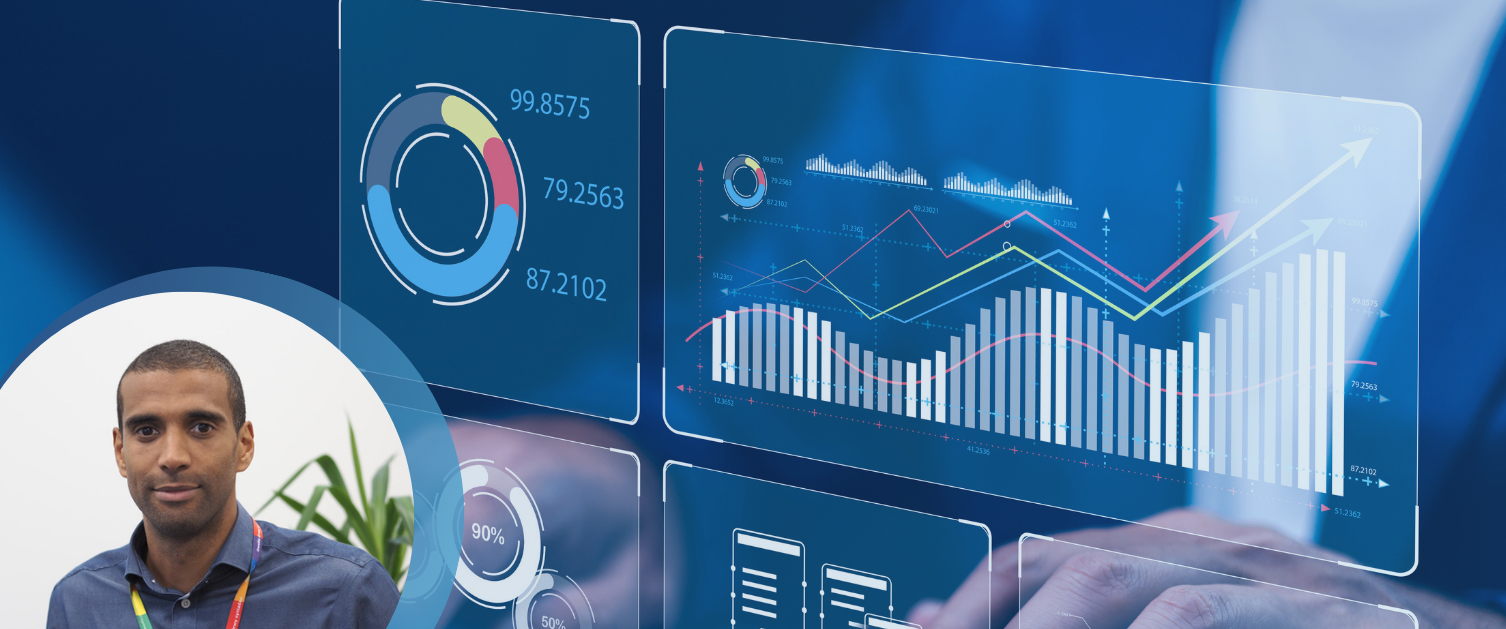Leading with insight: Data, decisions and the future NHS workforce

I’m Ryan Cunningham, Head of Data and Analytics at Health Education and Improvement Wales (HEIW). I lead a team of analysts dedicated to transforming data into meaningful insight that supports the NHS in Wales and shapes its workforce for tomorrow.
Our team covers the full spectrum of workforce analytics, from national policy to local planning. We provide the analytical evidence that helps the Welsh Government negotiate national pay awards and support NHS Wales in modelling workforce supply and demand scenarios. These models underpin strategic plans, inform education commissioning, and ensure we train and retain the right people with the right skills in the right places.
We also develop dashboards and analytical packs to give leaders, planners and educators clear, actionable insights tailored for various stakeholders, ensuring decisions are based on trustworthy data. I'm passionate about improving data literacy across the organisation, making insight accessible to everyone, not just analysts. With over 15 years of experience in workforce data, I've seen workforce data evolve from a background function to a core strategic asset, now recognised as a critical enabler for decision-making, workforce transformation, and long-term planning across NHS Wales.
Modelling the Future: Building a smarter nursing workforce for NHS Wales
As the healthcare landscape continues to evolve, so must the tools we use to plan and support our workforce. On 20 December 2024, workforce planners and information managers came together for the Executive Directors of Nursing (EDoNs) peer group meeting to explore the latest progress in nursing supply and demand modelling across NHS Wales. This work is vital in shaping a future-ready adult nursing workforce and ensuring services meet the growing and changing needs of our population.
Why workforce modelling matters
At the heart of this work is a clear goal: to match the supply of qualified nurses with the demand for services. This involves much more than counting heads. It’s about analysing real data to understand current and future workforce patterns — from Welsh student pipelines and leavers to working patterns and vacancy rates. The challenge is complex. Demand isn’t static; it’s influenced by population growth, changing demographics, and evolving healthcare needs. That’s why the modelling uses a wide range of data sources including HEIW trainee data, Stats Wales population projections, and ONS workforce statistics.
The modelling rainbow: A collaborative approach
The modelling process, fondly called the “Modelling Rainbow,” is a structured, phased approach to developing and refining workforce models. It spans from agreeing the scope and validating data to building baseline outputs and testing different demand scenarios.
Each stage requires input from local organisations to ensure the models reflect real-world contexts — not just national averages. As highlighted in the session, while the current models are based on all-Wales assumptions, they need to be refined at an organisational level. That’s where engagement is key.
A call to action: Data validation and dashboard use
One of the key messages from the session was simple but powerful: the strength of the modelling lies in engagement. For this work to drive real decisions, it must be grounded in accurate data and validated by those closest to service delivery.
Participants were encouraged to actively use the modelling dashboards, challenge assumptions, and support their teams to contribute to ongoing validation efforts. By doing so, we move closer to answering critical questions — like the role of overseas recruitment — through data, not assumptions.
Creating a community of practice
To support this, a Community of Practice is being developed. Its aim is to bring together workforce planners and information leads to agree on methodologies, share best practices, and validate data collectively. It’s more than a working group; it’s a forum for collaboration, alignment, and shared learning.
Looking ahead
The journey of workforce modelling is iterative. It’s not just about building a model once — it's about constantly refining it in response to new insights and emerging priorities. With continued collaboration and commitment, we can turn this model into a valuable decision-support tool that shapes a more sustainable nursing workforce for NHS Wales.
Further information can be found here: Workforce observatory